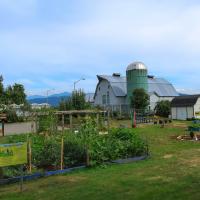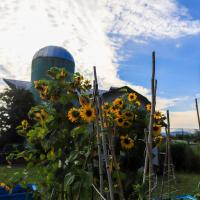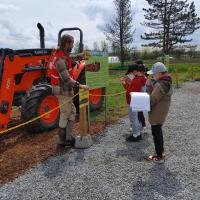Ag Adventures
BC Agriculture in the Classroom Foundation (BCAITC) invites K-12 teachers and students to take part in our Ag Adventures tours of The Pencil Patch (a Garden for Learning) and Stable Harvest Farm in spring and fall 2023!
Located in Abbotsford and Langley, the garden and farm provide fun learning opportunities including a tour of BC agriculture subjects such as soil, pollinators, water, growing zones, the Agriculture Land Reserve, invasive species, greenhouses, crop rotation, and more. More details here.
Pre-registration required – see https://bcaitc.ca/ag-adventures#apply for tour availability.



The outdoor tour environments provide plenty of space to physically distance. We ask that visitors follow the local regions’ healthy and safety requirements.






